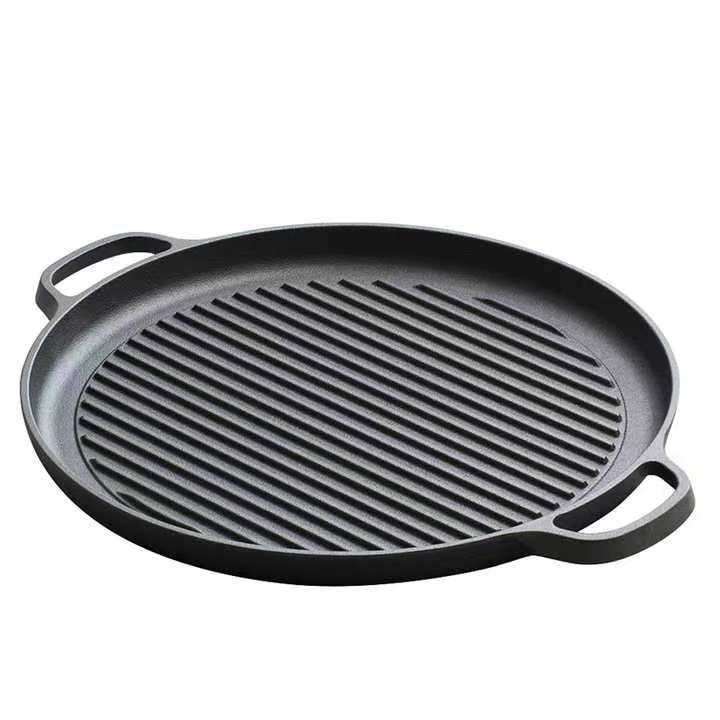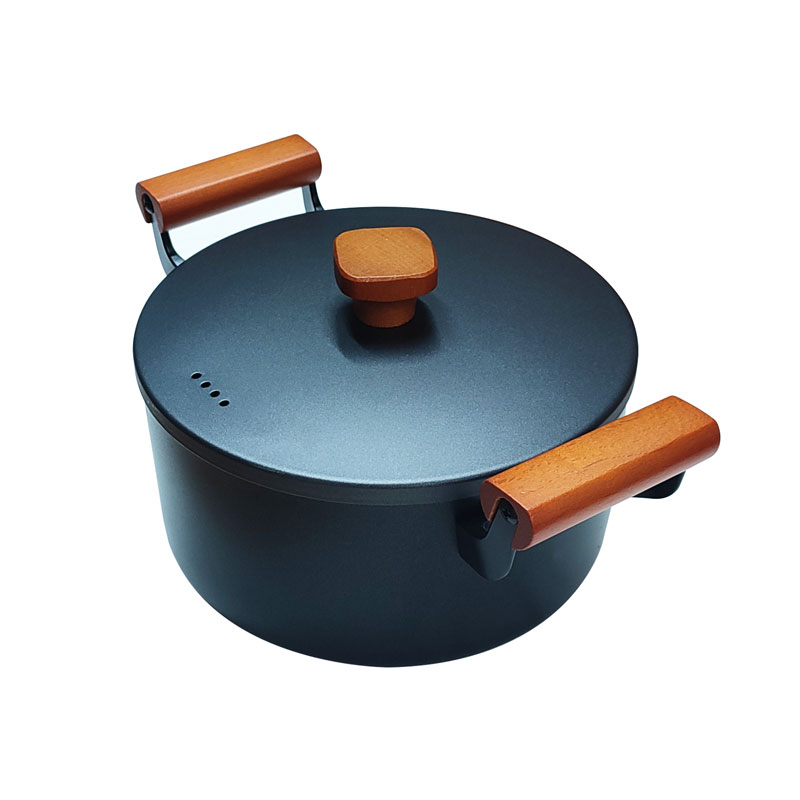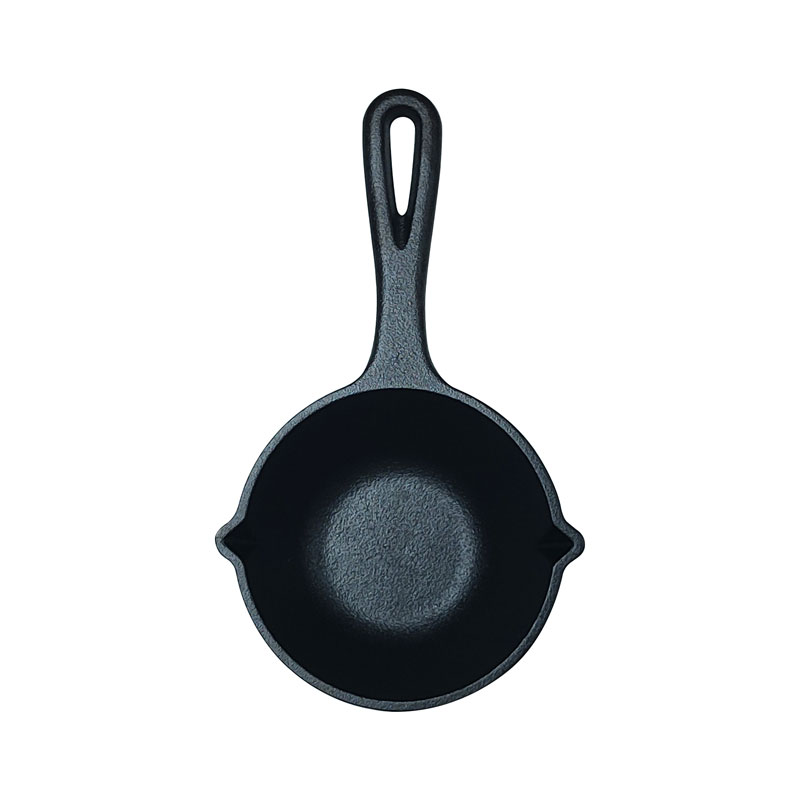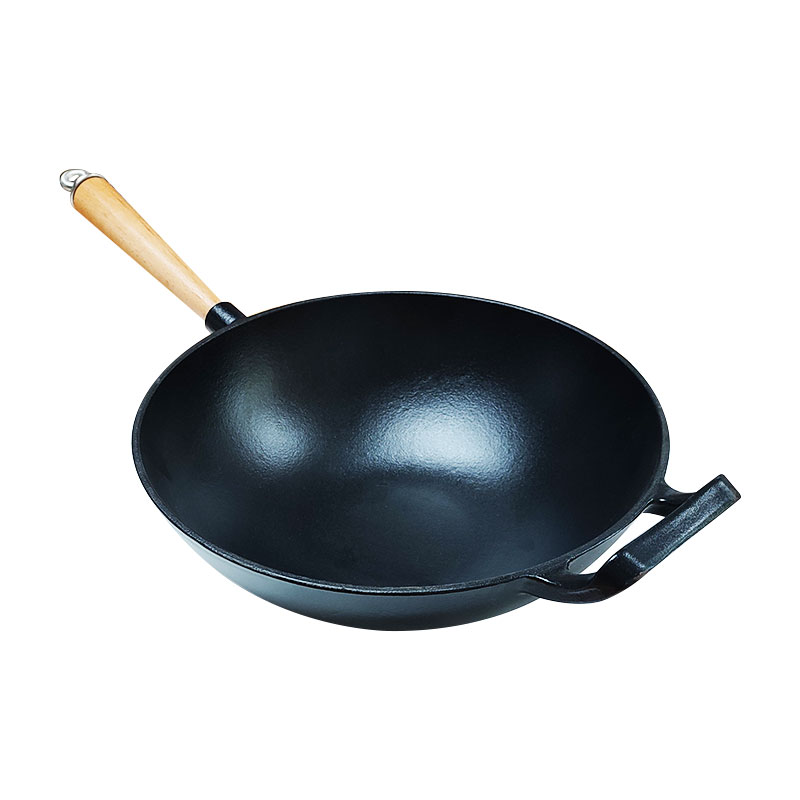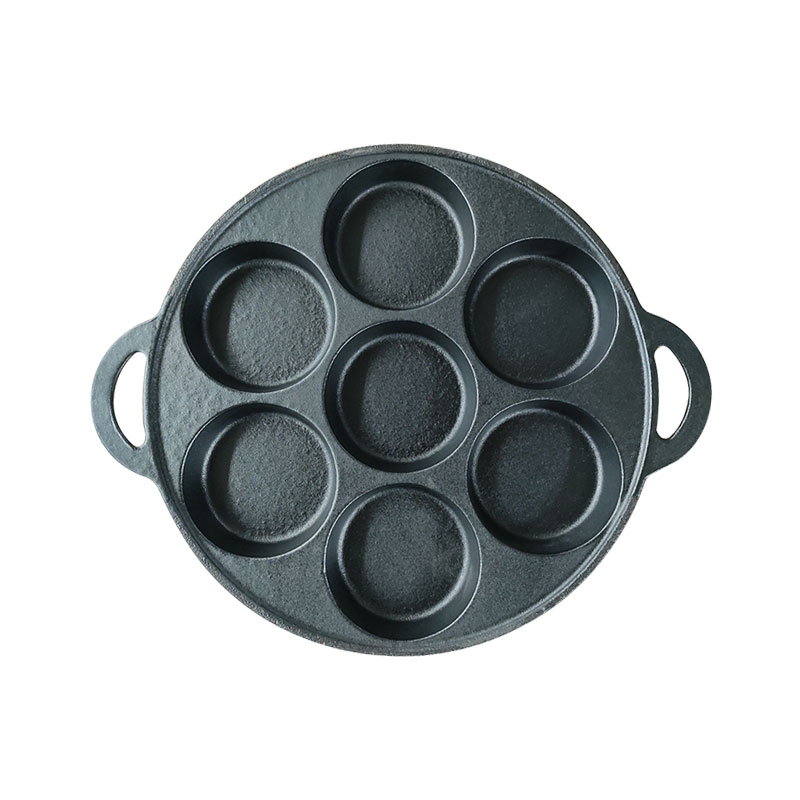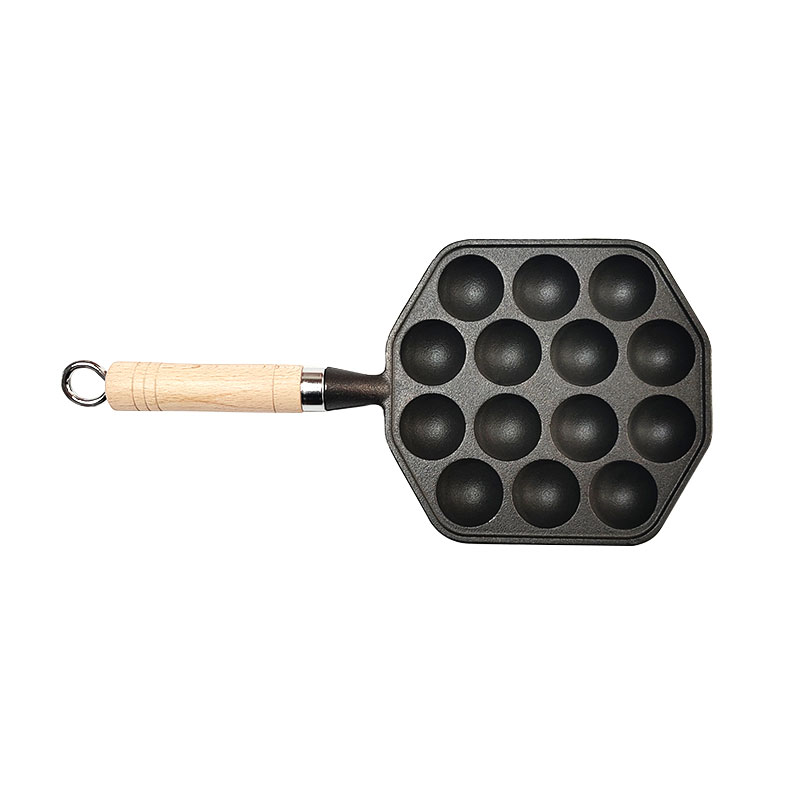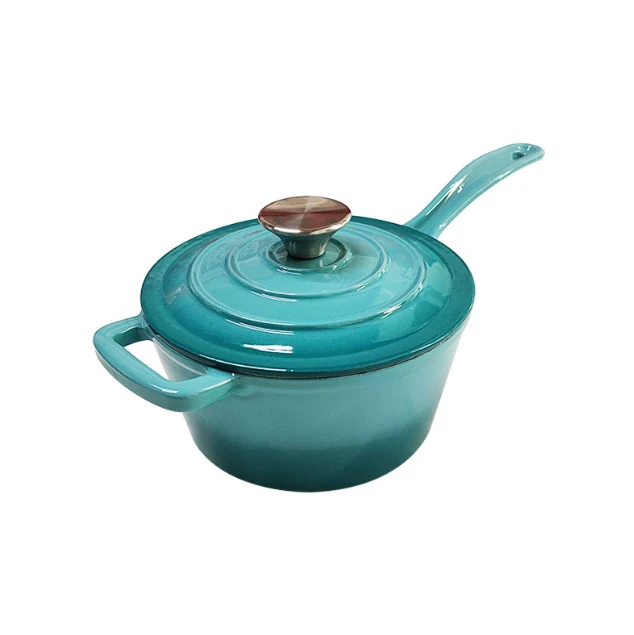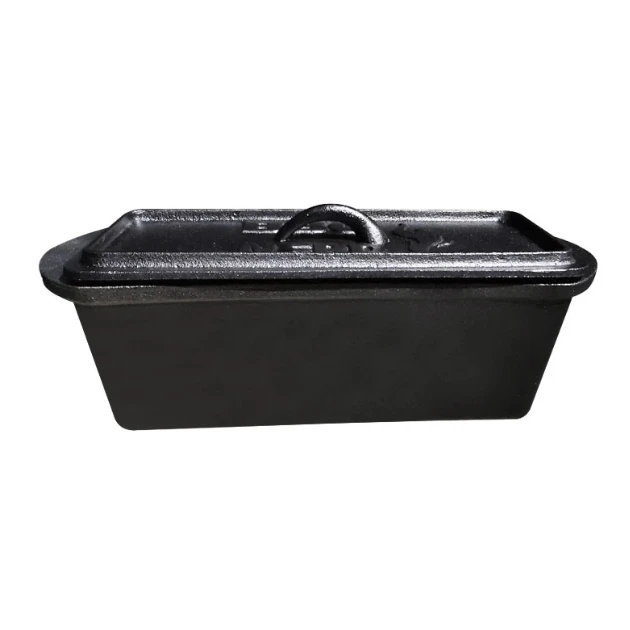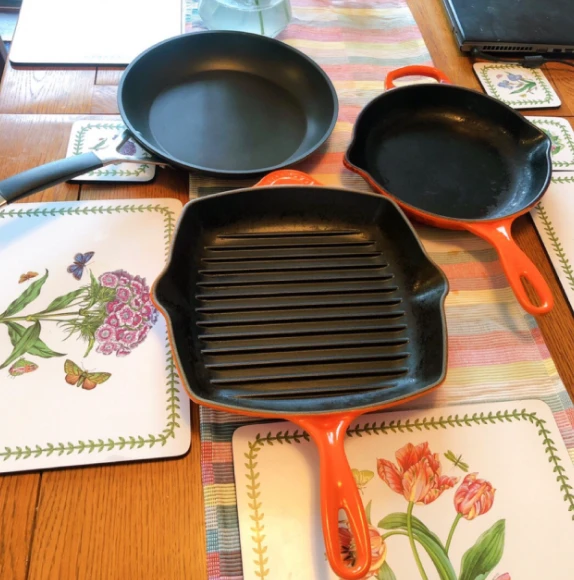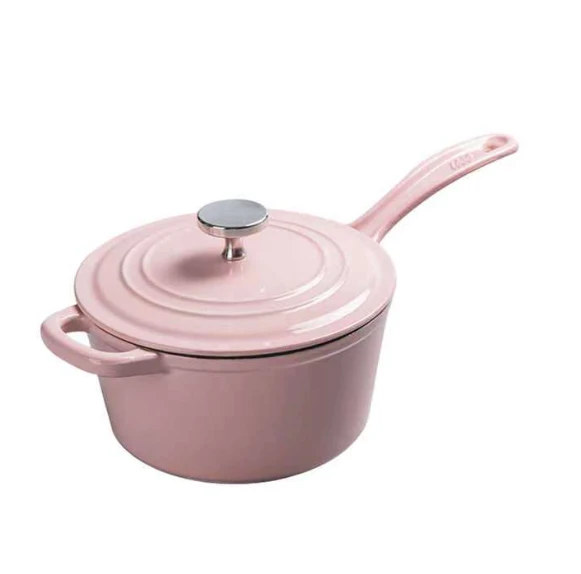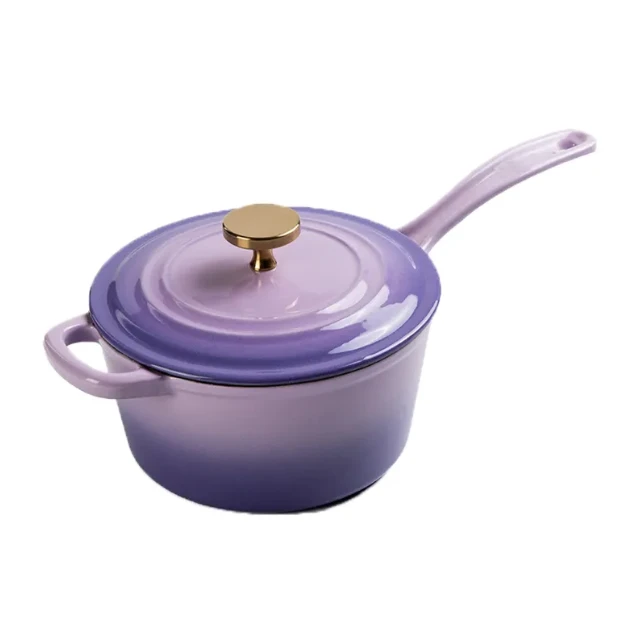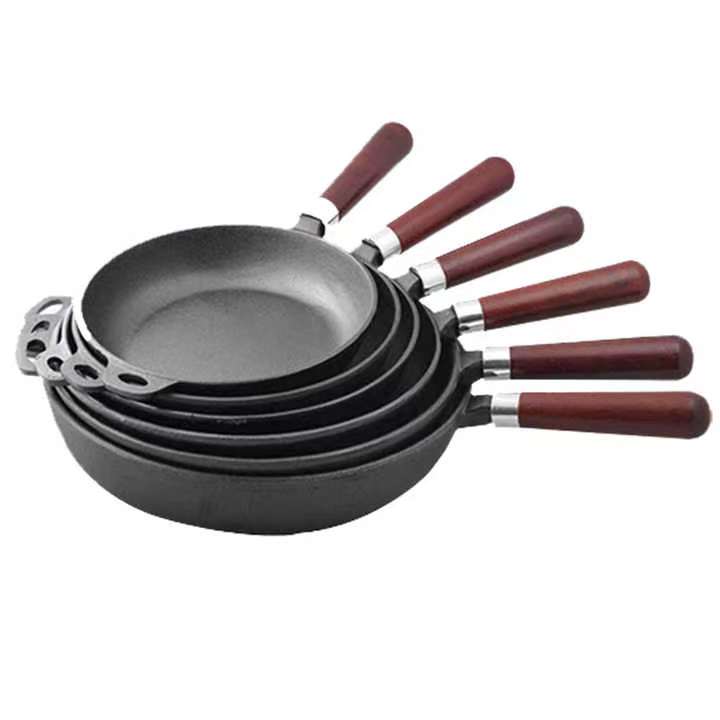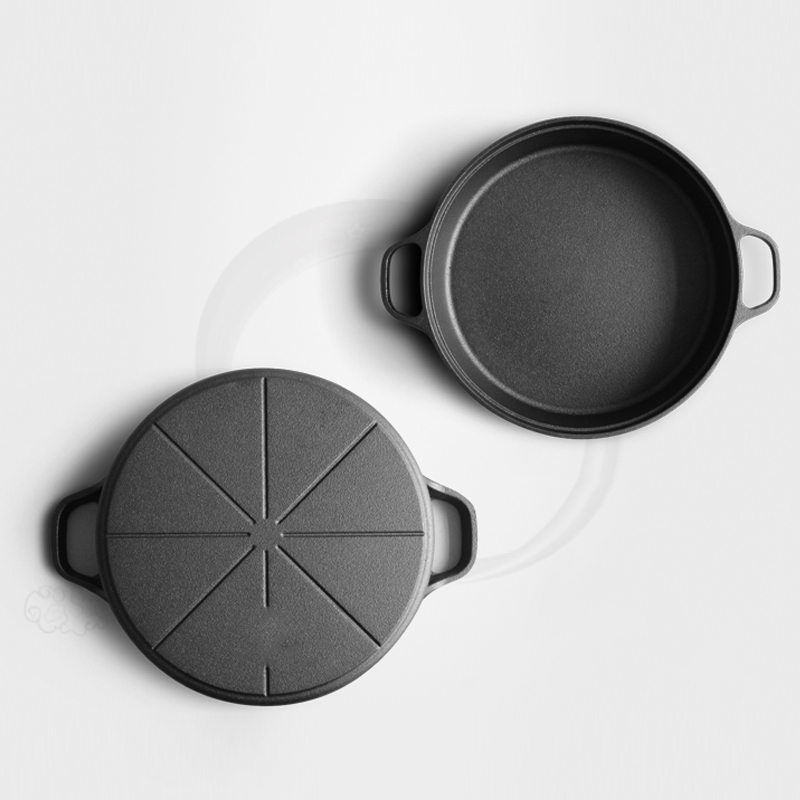- Afrikaans
- Albanian
- Amharic
- Arabic
- Armenian
- Azerbaijani
- Basque
- Belarusian
- Bengali
- Bosnian
- Bulgarian
- Catalan
- Cebuano
- Corsican
- Croatian
- Czech
- Danish
- Dutch
- English
- Esperanto
- Estonian
- Finnish
- French
- Frisian
- Galician
- Georgian
- German
- Greek
- Gujarati
- Haitian Creole
- hausa
- hawaiian
- Hebrew
- Hindi
- Miao
- Hungarian
- Icelandic
- igbo
- Indonesian
- irish
- Italian
- Japanese
- Javanese
- Kannada
- kazakh
- Khmer
- Rwandese
- Korean
- Kurdish
- Kyrgyz
- Lao
- Latin
- Latvian
- Lithuanian
- Luxembourgish
- Macedonian
- Malgashi
- Malay
- Malayalam
- Maltese
- Maori
- Marathi
- Mongolian
- Myanmar
- Nepali
- Norwegian
- Norwegian
- Occitan
- Pashto
- Persian
- Polish
- Portuguese
- Punjabi
- Romanian
- Russian
- Samoan
- Scottish Gaelic
- Serbian
- Sesotho
- Shona
- Sindhi
- Sinhala
- Slovak
- Slovenian
- Somali
- Spanish
- Sundanese
- Swahili
- Swedish
- Tagalog
- Tajik
- Tamil
- Tatar
- Telugu
- Thai
- Turkish
- Turkmen
- Ukrainian
- Urdu
- Uighur
- Uzbek
- Vietnamese
- Welsh
- Bantu
- Yiddish
- Yoruba
The Ultimate Guide to Cast Iron Casserole Dish Set and Variants
Aug . 21, 2025 17:18
Cast iron cookware continues to gain popularity for its durability, versatility, and performance. Among the most prized pieces in any kitchen are casserole dishes. This guide explores four key categories:
Cast iron casserole dish set
Cast iron casserole dish with lid
Cast iron casserole pan
Cast iron casserole dish
We’ll dive into their benefits, uses, care, and tips for choosing the right one for your kitchen needs.
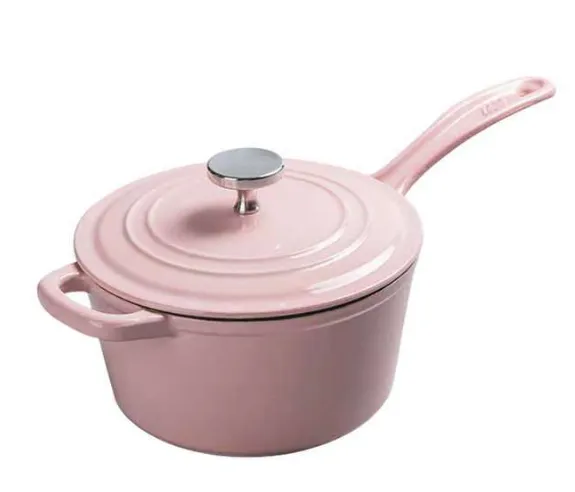
1. Cast Iron Casserole Dish Set: Versatility Meets Convenience
A cast iron casserole dish set typically includes multiple sizes—often a 2-quart and 4-quart dish—or even a full set with lids and trivets. This versatility allows you to prepare different recipes simultaneously or scale dishes to your family size.
Benefits of a set:
Variety in cooking sizes – From solo lunches to family meals.
Lid compatibility – Lids often fit any dish in the set, making serving and storage more convenient.
Even heating – Cast iron’s heat retention ensures uniform cooking across dishes.
Cost-effective – Buying a set usually costs less per piece than individual purchases.
Stackable storage – Nesting designs save space in your kitchen.
Ideal for kitchen beginners or those building their cookware collection, a cast iron casserole dish set provides immediate versatility—from oven-baked lasagnas to stovetop stews.
2. Cast Iron Casserole Dish with Lid: One-Pot Wonders Made Easy
A cast iron casserole dish with lid is a kitchen workhorse. The heavy lid locks in moisture and flavor, making it ideal for slow-cooked dishes like braises, curries, and roasts.
Why the lid matters:
Moisture retention – Keeps dishes juicy and tender.
Heat circulation – Encourages self-basting.
Versatile serving vessel – The same pot can go from oven to table.
The lid also makes it suitable for stovetop cooking, and some lids double as a skillet—adding flexibility to your kitchen workflow. Made from seasoned or enamel-coated cast iron, these dishes are ready to use straight out of the box.
3. Cast Iron Casserole Pan: Lightweight Performance with Big Results
Sometimes marketed as a casserole pan, this version tends to be shallower—usually 1.5–2 inches deep—but retains the same benefits.
Advantages of a casserole pan:
Faster cooking – Its shallow depth allows quicker heat penetration.
Frying capability – Great for dishes with seared bases like shepherd’s pie.
Layering – Perfect for lasagna, cobblers, and layered casseroles.
Serving at table – Elegant enough to serve directly.
With a casserole pan, you still get the robust heating and durability of cast iron but with easier handling and storage.
4. Cast Iron Casserole Dish: The Timeless Kitchen Classic
The standalone cast iron casserole dish is a staple. Larger than the pan version and deeper than a skillet, it excels at hearty meals like pot roasts or baked pastas.
Key features:
Heat distribution – Ideal for even, consistent cooking.
Durability – A properly seasoned dish can last a lifetime.
Heat retention – Keeps food warm at the table.
Versatile use – Perfect for stovetop, oven, or even campfire cooking.
Whether raw (unseasoned) or enameled, this dish covers all bases—delivering classic comfort food with modern convenience.
What to Look for in Cast Iron Casserole Cookware
When choosing products, consider:
Material – Traditional cast iron (seasoned) vs. enameled.
Size – 2–6 quarts is typical; choose based on your cooking quantity.
Weight – Lighter models are easier to handle.
Brand quality – Seek established names like Lodge, Le Creuset, Staub, or respected Chinese makers.
Accessories – Did the set include lids, trivets, or grips?
Price and warranty – Expect good warranties and longevity; invest wisely.
Casserole Pan FAQs
What’s the difference between a cast iron casserole dish set and pan?
A dish set offers multiple depths and sizes, while a casserole pan is shallower and more versatile for baking and serving.
Can I use a casserole dish with lid on a stovetop?
Yes—most seasoned cast iron dishes with lids are designed for stovetop use, just be cautious with enamel ones to prevent chipping.
Do cast iron casserole dishes come pre-seasoned?
Yes—most affordable cast iron is pre-seasoned; enamel cookware comes ready for use without seasoning.
How do I remove rust from my cast iron?
Use coarse salt scrub and oil, sand lightly if needed, rinse, dry, and re-season thoroughly.
Which size is best for everyday cooking?
A 4–5 quart casserole dish or pan is ideal for most family meals, balancing capacity and manageability.
Inquire Now for Cast Iron Cookware Deals
Please Fill Out The Form Below And Our Team Will Get Back To You With Pricing, Product Details, And Customization Options.











